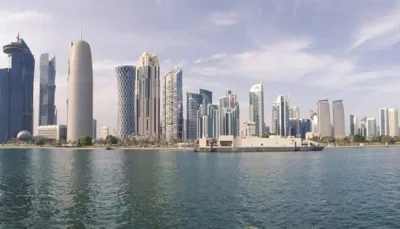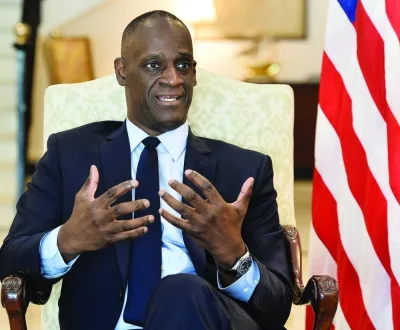Doha Insurance Group achieved “sustained and remarkable growth” in gross written insurance premiums amounting to QR1.5bn in 2022, which represents a 24% increase over 2021, company chairman Sheikh Nawaf Nasser bin Khaled al-Thani said Tuesday.Presenting the Doha Insurance Group board of directors’ report to company’s annual general meeting Sheikh Nawaf said the higher GWPs have been derived from the groups’ insurance business operations in Qatar and from its branch in Dubai.The AGM approved the proposal of the company’s Board of Directors to distribute to shareholders a cash dividend of 15% of the share par value, which translates into QR0.15 per share.Highlighting Doha Insurance performance in 2022, Sheikh Nawaf said the company achieved a net profit of QR102.1mn last year, up 39% on QR73.3mn registered in 2021.“Coupled with an unprecedented underwriting volume reflects the strength of the group’s technical foundations and its competitive advantage that encapsulate the group’s operational and financial success,” he said.Sheikh Nawaf said the group’s total assets amounted to QR3.3bn in 2022, which represents a growth rate of 13% compared to the previous year. This is the “highest recorded value” for the group’s total assets since its inception.Total shareholders’ equity amounted to QR1.157bn, while earnings per share amounted to QR0.20 in 2022.He said this year; Doha Insurance Group will apply the new accounting standard IFRS17 in its preparation of its financial statements, replacing the accounting standard IFRS4, and in compliance with the QCB instructions. The new accounting standard, which is an international standard, aims at providing an integrated accounting system that lays the foundation for the financial rotation of insurance companies’ accounts.Sheikh Nawaf noted that within the context of the new Health Insurance Law and in preparation for its implementation, the group has signed a non-binding memorandum of understanding in partnership with a “distinguished” group of national insurance companies – Al Khaleej Takaful Insurance Company, Qatar General Insurance and Reinsurance Company and Qatar Islamic Insurance Company with GlobeMed Limited, a company that specialises in the administration and management of the health insurance business to acqwuire an 80% stake in GlobeMed, in equal shares of 20% for each company, after understanding the implementation mechanism of the new law and after reviewing insurance coverages limits, conditions and proposed pricing in this regard.In 2022, Doha Insurance Group entered into preliminary negotiations concerning a potential merger partnership deal with Al-Koot Insurance and Reinsurance Company, a wholly-owned subsidiary of Gulf International Services.However, after entering into initial negotiations regarding the proposed deal, the negotiating parties “did not arrive at a common vision” that would have led to an initial agreement that achieves the interest of the shareholders of the two companies.This, he noted, resulted in the decision of the management of Doha Insurance Group and the Gulf International Services to halt these negotiations and to withdraw permanently from the proposed merger deal.Doha Insurance Group’s future plans include achieving further penetration and expansion in regional and international markets, Sheikh Nawaf said.“During the coming period, the group will seek to raise its global rating in line with growing positive development of its results,” he added.Doha Insurance Group president Bassam Hussein and CEO Jassim al-Moftah were among the top executives who were present at the AGM.
Thursday, November 28, 2024
|
Daily Newspaper published by GPPC Doha, Qatar.
























